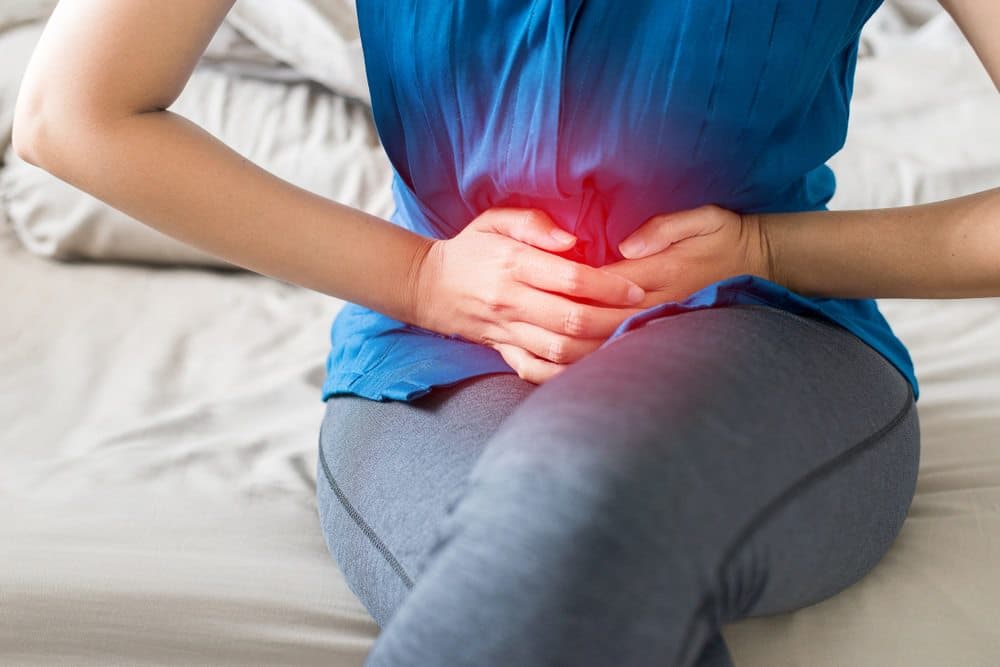Endometriosis is one of the most common causes of severe pelvic pain for women. It affects 1 in every 10 women during reproductive age. Endometriosis is a disease in which tissue resembling the endometrium lining is found outside the uterus- usually around the reproductive organ or between the pelvic organs. It can be found higher in the abdomen but is less common.
What Are The Signs of Endometriosis?
For a definitive diagnosis to be made laparoscopic surgery must be completed to confirm the presence of this tissue.
Common symptoms associated with endometriosis are:
- Unbearable abdominal cramps associated with menstruation.
- Heavy periods that prolong for several days
- Heavy menstrual flow
- Bowel and urinary disorders
- Nausea and/or vomiting
- Pain during and after sexual activities
- Infertility
- Chronic fatigue
Can Pelvic Physiotherapy Help Before A Diagnosis Is Made?
ABSOLUTELY! Pelvic physiotherapy can have a key role in helping to manage the symptoms of endometriosis. Here is what we can help you with:
- Pelvic floor dysfunction
An overactive pelvic floor is one of the most common complaints with pelvic floor dysfunction in women exhibiting symptoms of endometriosis. This abnormal muscle tension in the pelvic floor develops as a response to the pelvic pain caused by endometriosis. This progresses so that even when pelvic pain isn’t present the muscles are still contracting. This dysfunction often becomes a secondary source of pain and can also lead to painful intercourse, problems emptying bladder/bowel and incontinence.
So how can we help?
- Down training exercises for pelvic floor
- Pelvic floor muscle release
- External and internal myofascial techniques
- Dilator therapy
- Bladder and bowel education and lifestyle advice
2. Neuromuscular re-education
It is not uncommon to find women adapting “pain postures” due to pelvic pain. Most of these postures involve being hunched forward or curled in a ball to reduce pain. This in turn leads to shortened and tight muscles and weak muscles. We have a variety of muscle release techniques and strengthening problems to help combat this.
Book In With A Physiotherapist
We can offer some relief to you if you have been experiencing any or all of the symptoms listed above. We do not need a diagnosis of Endometriosis to start helping you!
Contact Proactive Physiotherapy today and organise your confidential appointment with one of our Pelvic Physiotherapists.
References:
Endometriosis Australia | About Endo. (2020). Endo-Aust. https://www.endometriosisaustralia.org/about-endo
Evans, S. F., & Bush, D. (2016). Endometriosis and pelvic pain. Susan F Evans Pty Ltd.
Hirsch, M., Duffy, J. M. N., & Farquhar, C. M. (2021). Re: Assessment of levator hiatal area using 3D / 4D transperineal ultrasound in women with deep infiltrating endometriosis and superficial dyspareunia treated with pelvic floor muscle physiotherapy: randomized controlled trial. Ultrasound in Obstetrics & Gynecology, 57(5), 849–849. https://doi.org/10.1002/uog.23636
Orbuch, I. (2019). Beating endo: a patient’s treatment plan for endometriosis.


